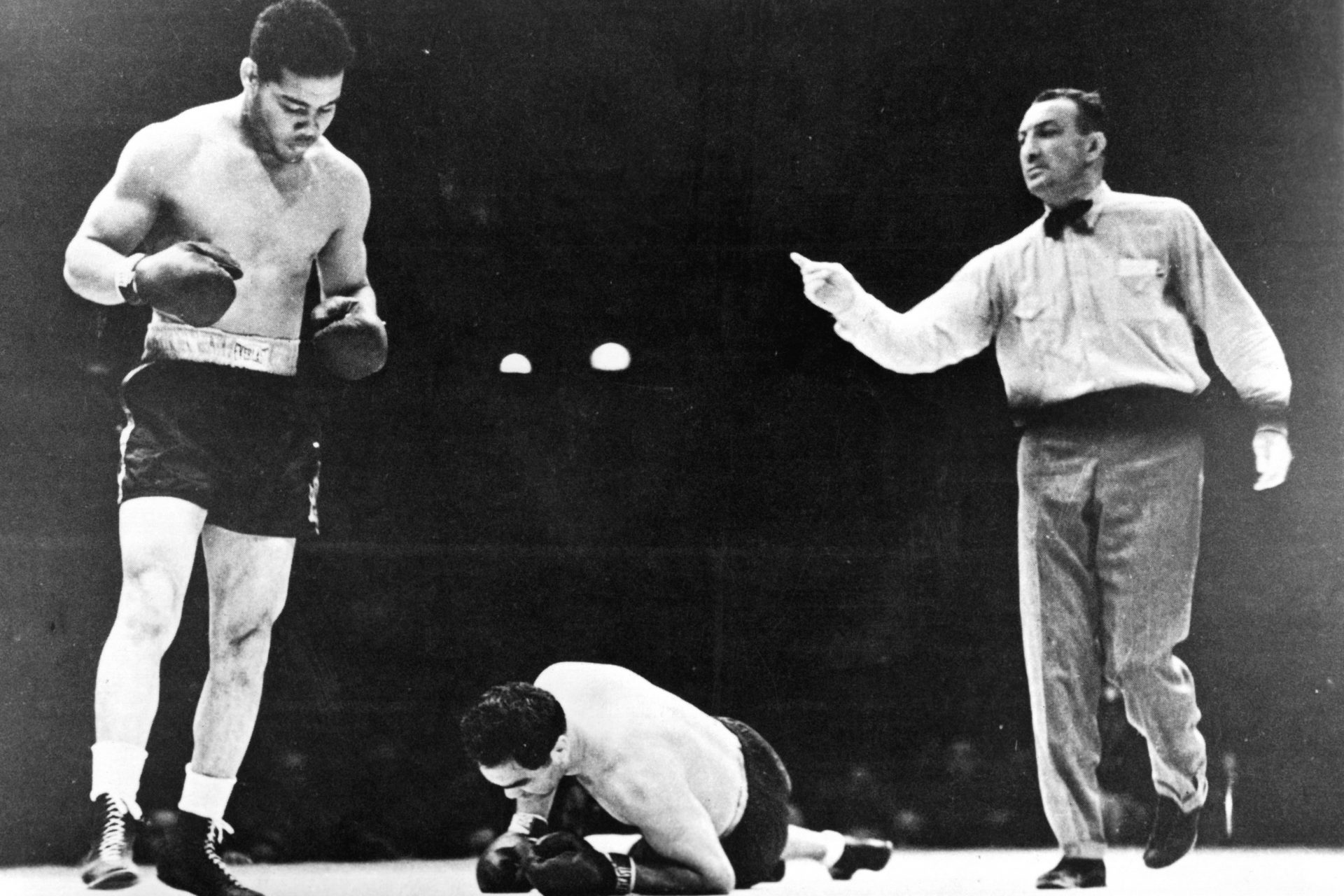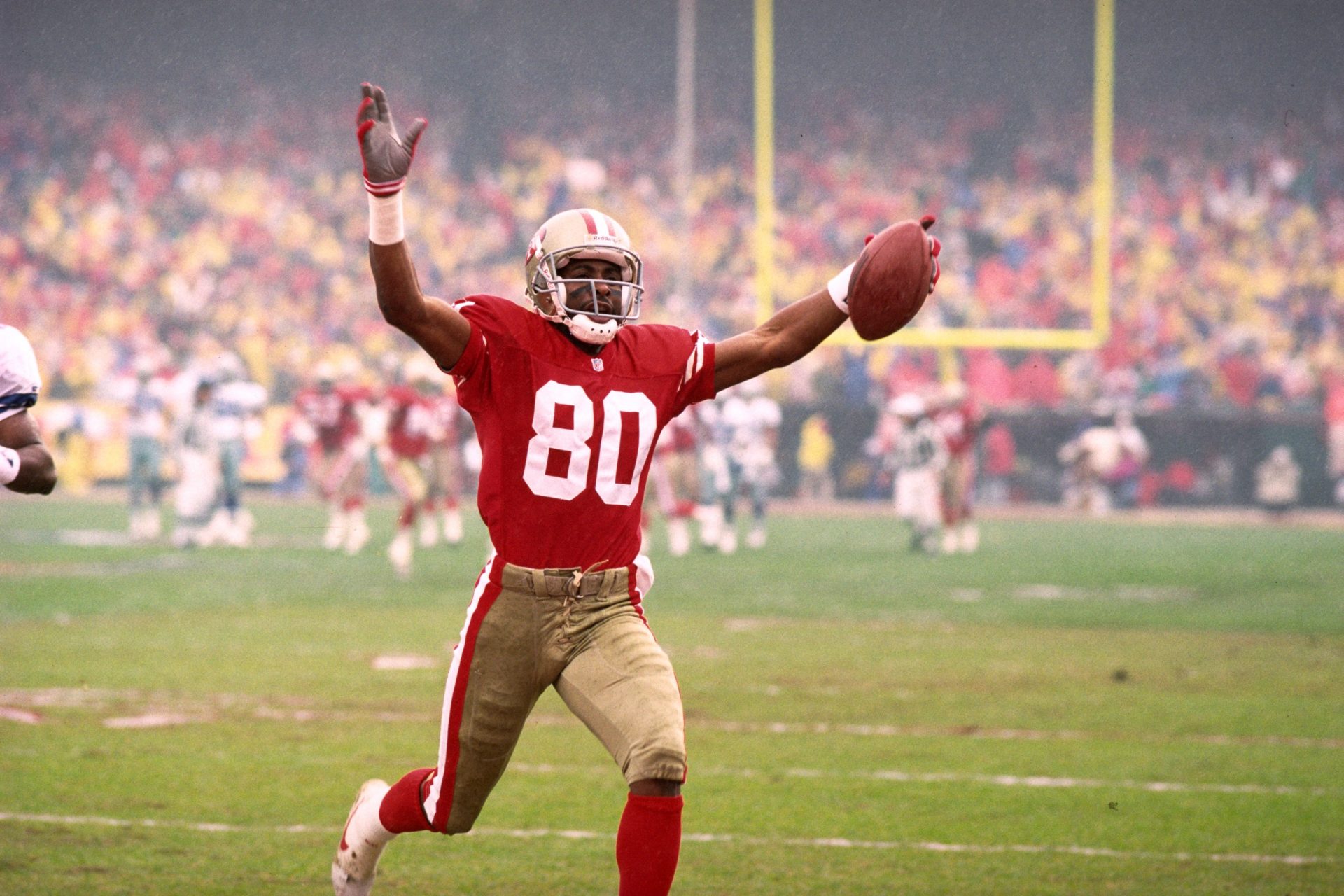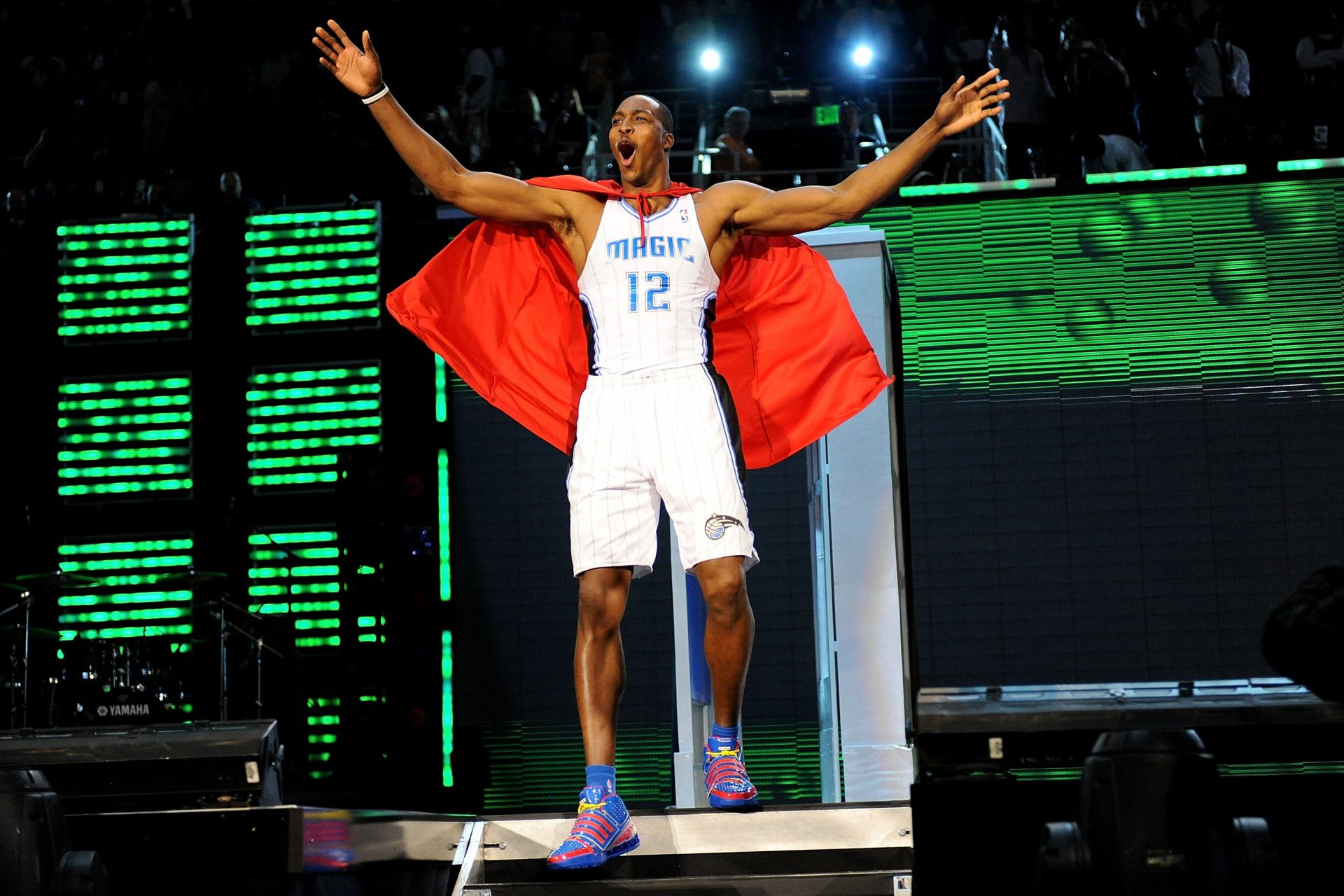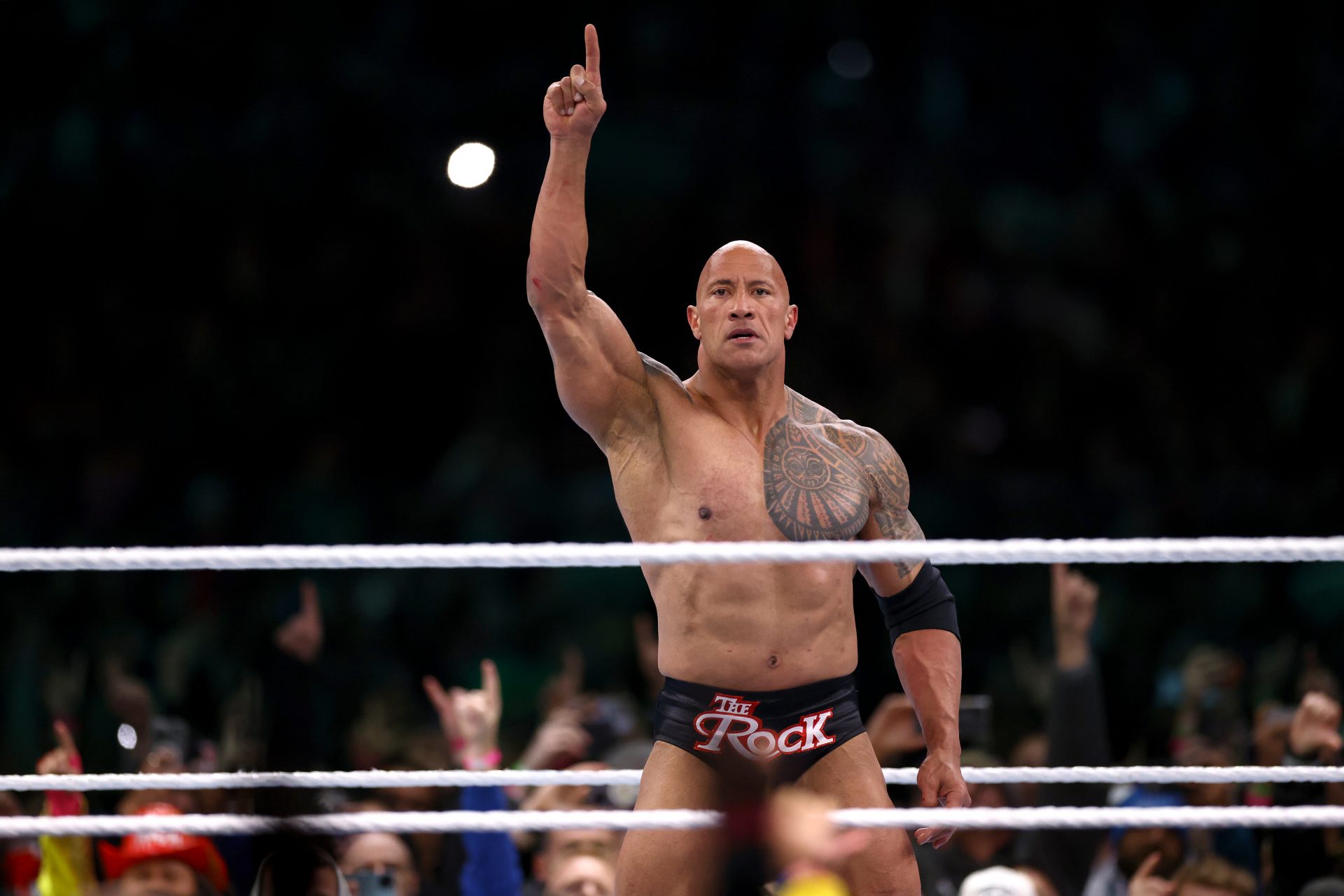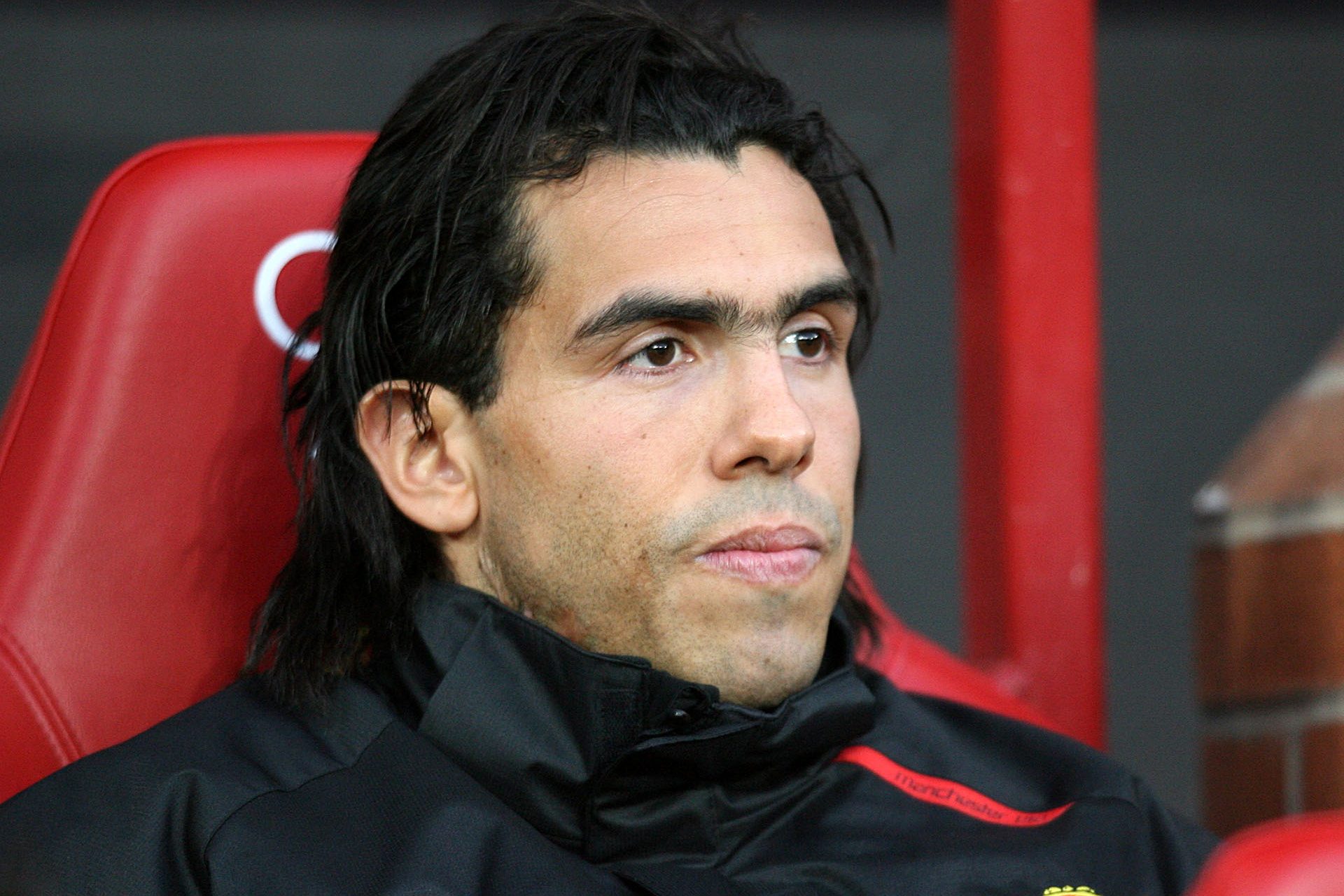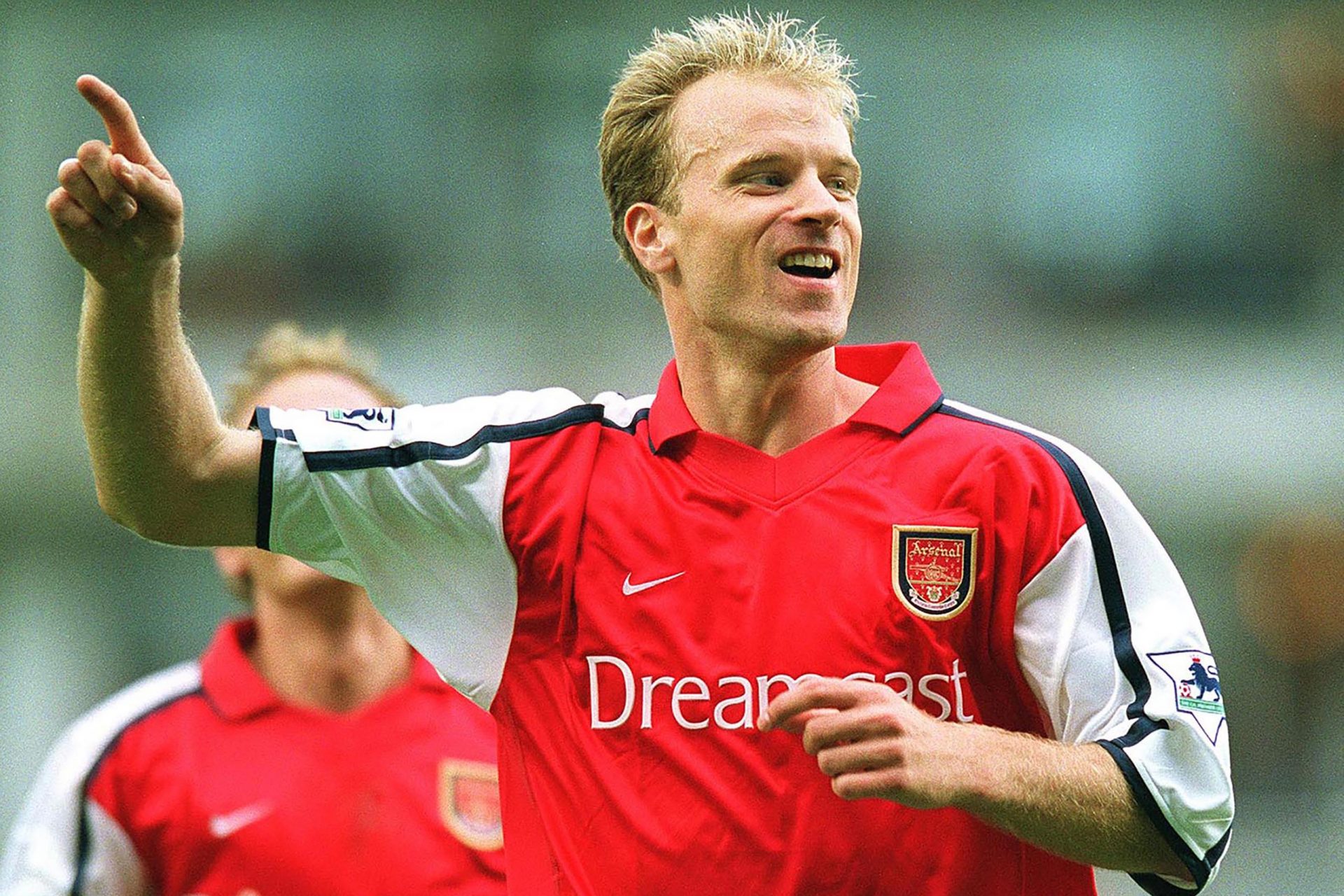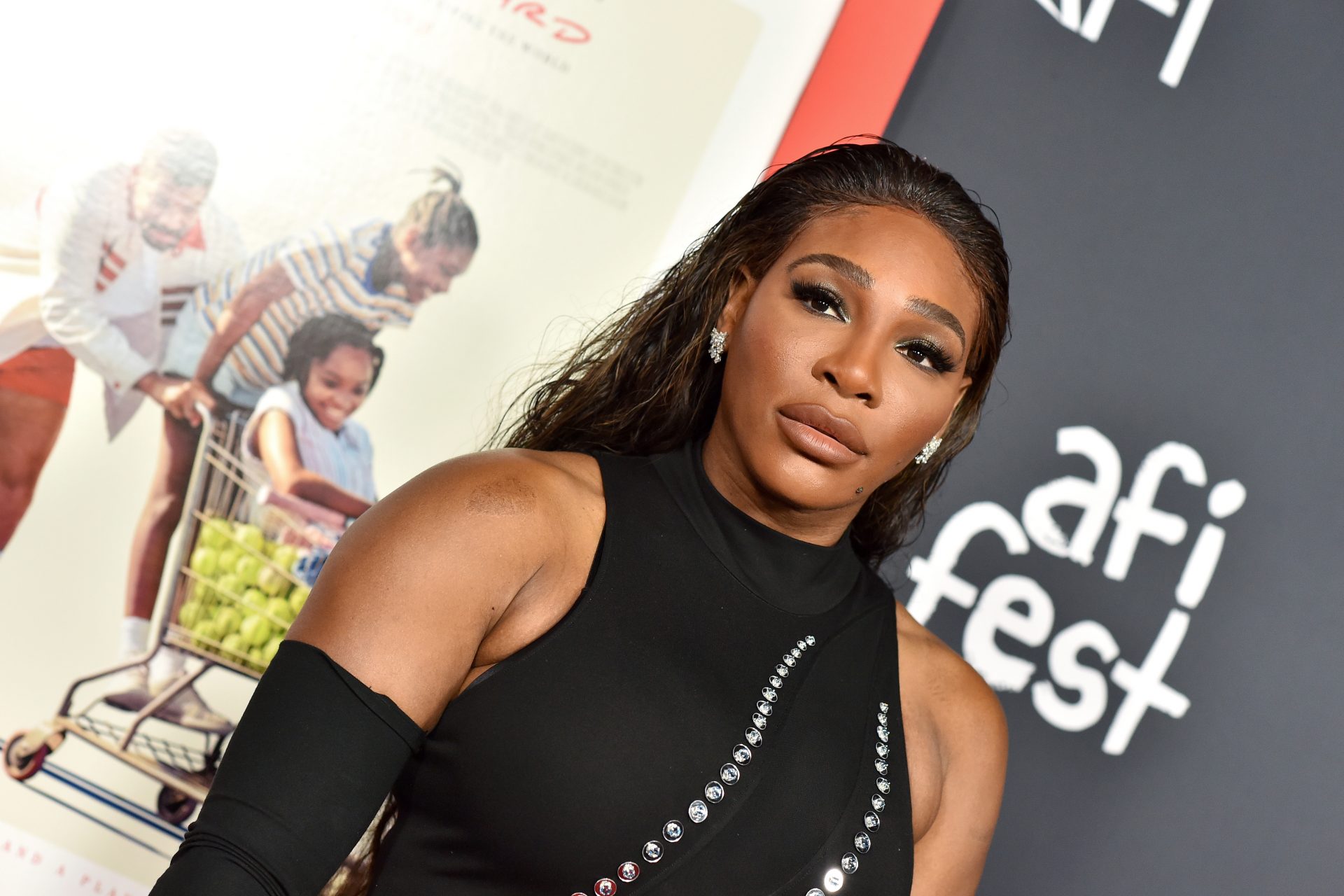Joe Louis: The boxer who stood up to Nazi Germany
Joe Louis is considered by many to be one of the greatest boxers of all time. Standing at just 6’2” and 199lbs, he would be dwarfed by the heavyweight standards of modern boxing, but his skills and power made him the most dominant boxer in the world. But boxing aside, it was his fights against Max Schmeling in the former Nazi Germany, which makes Louis truly special.
Joe Louis Barrow was born in Alabama in 1914. The Deep South at the time was still coming to terms with the end of slavery and anti-black sentiment was prevalent throughout his childhood.
Aged just 12, Louis and his family moved north following an incident with the Ku Klux Klan, who were ramping up their racist violence at this time. The family settled in Detroit, where they would remain, with multiple family members working for the Ford Motor Company.
Want to see more like this? Follow us here for daily sports news, profiles and analysis!
Louis was always a keen sportsman, but boxing piqued his interest from an early age. Despite his schooling and work, he would still find time to box, even going against his mother’s wishes.
Joe Louis would forever lose his family’s last name after incorrectly filling in a registration form and leaving ‘Barrow’ from the correct box before his boxing debut. The shortened name would stick, and he would be Joe Louis forever more.
Over the next few years, Louis would dominate the amateur boxing scene. Starting with local bouts, he eventually won the United States Amateur Champion National AAU tournament in 1933.
Louis’ talent was evident and with a 50-4 amateur record behind him, turning pro was the natural progression for the young boxer. His first professional bout came in July of 1934 where he knocked out his opponent in the first round.
It is important to understand the context Louis was boxing in at the time. Throughout the early-20th century, anti-black racism was prevalent throughout American society, with many white boxers refusing to fight their black counterparts. Louis’s rise to the top was certainly not without its difficulties.
Louis and his management team knew they would have to play it smart if he wanted to rise to the top and, with the backing of a large boxing promoter, created a list of ‘commandments’ for Louis to follow. These included, “Never have his picture taken with a white woman” and “Live and fight clean”.
Louis fought more than a dozen times in 1935, a number almost unheard of in modern pro boxing. But this consistent fighting gained Louis a chance to fight against Primo Carnera a 6’6” 275lb behemoth from Italy. Carnera was a former world champion, but Louis dealt him a knockout blow in the sixth round of their bout.
Want to see more like this? Follow us here for daily sports news, profiles and analysis!
Carnera was seen as the embodiment of Italian fascism under Mussolini, so this bout and the eventual result took on far greater meaning on the world stage than just a professional boxing match. And not for the last time in his career, Louis would be fighting for something far greater than himself.
After beating the Ambling Alp, Louis would fight Max Baer, who was described by the Washington Post as, “the lone white hope for the defense of Nordic superiority in the prize ring". Louis would comfortably beat Baer en route to being the number-one contender in the world.
Max Schmeling was viewed as good, if not spectacular fighter. Despite winning a World Championship belt, it was viewed as lucky and undeserved. As such Louis would undertrain for their fight and lose comfortably to the German.
Despite the loss to Schmeling, Louis was still due a shot at a World Title. Despite difficulties in arranging the fight, Louis would eventually battle it out with James Braddock to become the Heavyweight Champion of the World. Braddock was a talented and hardy fighter who knocked Louis down in round one but would get worn down eventually, Louis dispatching Braddock in round eight.
Louis would defend his championship against Welshman Tommy Farr, Louis was set to fight Max Schmeling once again. Schmeling had, at multiple times, defied the Nazi party, but had still inadvertently become a symbol of German national pride and lauded as proof of ‘Aryan superiority’.
June 22nd, 1938 saw Louis and Schmeling meet in the ring once more, with far more on the line than a boxing match. The African-American champion versus the hero of Nazi Germany. The fight itself barely lasted two minutes with Louis battering the German from the get-go causing the German’s corner to throw in the towel.
Schmeling was immediately shunned by Nazi officials on his return to his homeland, as he was seen to have let the party down and embarrassed them on the international stage.
Joe Louis continued his career and would successfully defend his World Championship for 12 years, finally losing it in 1949. Both the length and number of title defense bouts he participated in remain records to this day. His legacy remains as one of the greatest and most influential fighters in boxing history.
Want to see more like this? Follow us here for daily sports news, profiles and analysis!
More for you
Top Stories



